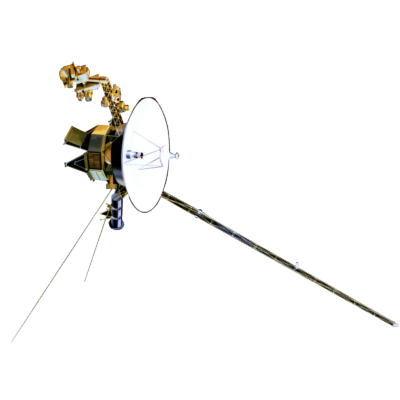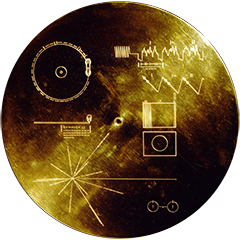Voyager LECP Data Analysis Handbook
Calibrations and Channel Definitions
The Johns Hopkins University
Applied Physics Laboratory
April 3, 1978
Dr. T. P. Armstrong
Department of Physics
University of Kansas
Lawrence, Kansas 66044
On 27 March 78, I ran a dead-layer test on the spare δ detector.* SMK suggested I send you a copy of the results.
The detector, itself, is one that ORTEC made as part of the same batch from which the detector in the α location of VOYAGER-1 came. The test, using electrons and protons from the GSFC accelerator, was basically the same as Ted Fritz described in Appendix E of the JOP proposal. The pulse-height-analyzer and pulser were calibrated using the 59.6 KeV x-ray line from Am241 in our β detector.
The actual results of the test are shown on the accompanying figure. Our detector, which ORTEC listed as having 40.1 μg/cm2 Al, is presented by the closed circles. The open circles are data given by Ted Fritz in the JOP proposal for an off-the-shelf ORTEC detector with 40.2 μg/cm2 of Al. The similarity suggests we have a good data set here, although the results do not lead one to a great deal of enthusiasm.
Sincerely,
J.W. Kohl
(* Corrected by editor - changed from β to d.)
Return to Calibrations main page.
Return to Voyager
LECP Data Analysis Handbook Table of Contents.
Return to Fundamental
Technologies Home Page.
Updated 8/9/19, Cameron Crane
VOYAGER 1 ELAPSED TIME
*Since official launch
September 5, 1977, 12:56:00:00 UTC
VOYAGER 2 ELAPSED TIME
*Since official launch
August 20, 1977, 14:29:00:00 UTC
QUICK FACTS
Mission Duration: 40+ years have elapsed for both Voyager 1 and Voyager 2 (both are ongoing).
Destination: Their original destinations were Saturn and Jupiter. Their current destination is interstellar space.




